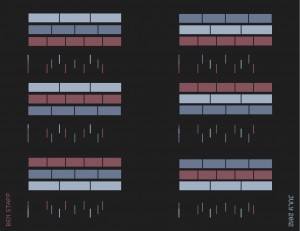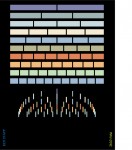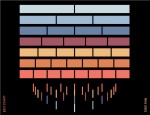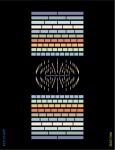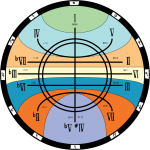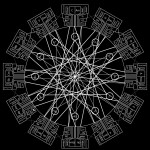If you’ve ever been curious how 3 against 4 against 5 lines up…well here it is.
-
Search It!
-
Recent Entries
- Review – Return from Panapolis
- Stephen Haynes – Pomegranate
- Poem: A Drive to Red
- A Visual Representation of 3 against 4 against 5
- Tour with Red Baraat – July ’12
- Searching for the Sound of π – Graphic investigations
- Album Notes for Return from Panapolis(draft#1)
- Return from Panapolis – Digital release -Itunes/Cdbaby/Droid and Amazon(comming soon) – Facebook Page – Album Notes
- a necessary evil goes rogue
- Return from Panapolis (preview)
-
Links

